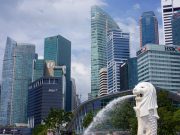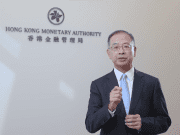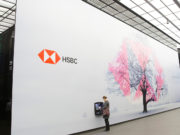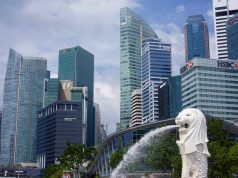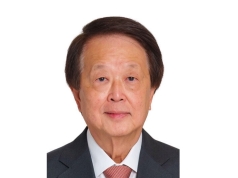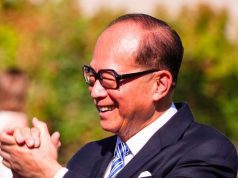Hong Kong Monetary Authority (HKMA) Buys $6 Billion USD to Maintain USDHKD Peg at HKD 7.80 +/- 0.05 (7.75 to 7.85), USDHKD Peg Since 1983 with Implementation of Linked Exchange Rate System (LERS) on 17th October 1983
4th May 2025 | Hong Kong
The Hong Kong Monetary Authority (HKMA) has bought around $6 billion of USD to maintain USDHKD currency peg at HKD 7.80 +/- 0.05 (7.75 to 7.85). The USDHKD peg started in 1983 with the implementation of the Linked Exchange Rate System (LERS) on 17th October 1983. History – The Linked Exchange Rate System (LERS) has been implemented in Hong Kong since 17 October 1983. Through a rigorous, robust and transparent Currency Board system, the LERS ensures that the Hong Kong dollar exchange rate remains stable within a band of HK$7.75-7.85 to one US dollar. The LERS is the cornerstone of Hong Kong’s monetary and financial stability. It has weathered many economic cycles and has proved highly resilient in the face of regional and global financial crises over the years. HKMA FAQ – 1) How are local interest rates set in Hong Kong, and what is their relationship with their US counterparts? Answer: Interbank interest rates in Hong Kong normally follow closely the movements of their US counterparts under the Linked Exchange Rate system (LERS). The size of the interest rate spread between the Hong Kong dollar and US dollar mainly reflects the premium (be it positive or negative) that investors demand on the Hong Kong dollar. Should the interest rate differential get out of line with market expectation, funds will flow to the currency with relatively higher interest rates to reap the arbitrage profits. Retail interest rates, including time deposit rates, are determined by market forces. Likewise, the best lending rate, which is the benchmark interest rate offered by banks on their loans to customers, is subject to commercial decisions by individual banks. Given that interbank funding is a major source of funding for the banking system, retail interest rates will be influenced by movements in interbank interest rates. 2) Why is the LERS particularly suitable for Hong Kong? Answer: The LERS suits Hong Kong as it is a small and open economy. As Hong Kong’s economic growth is driven mainly by external factors, the cost of a more volatile exchange rate will be much larger than the cost of a volatile domestic sector. The LERS has been the anchor of Hong Kong’s monetary and financial stability for more than 30 years and has proved highly resilient in a series of regional and global financial crises during this period. Separately, even though central banks operating under a floating exchange rate regime can deploy independent monetary policy to conduct macroeconomic management theoretically, such benefits may not be realisable for small and open economies. Theoretically, they could raise interest rates or let their currency appreciate to mitigate inflation. But according to the experience of many emerging market economies, the resultant widening of interest rate spread or the appreciation of domestic currency might heighten speculations for further currency appreciation, attracting capital inflows and hot money, and thus weakening or even offsetting the effectiveness of monetary policy tightening. As such, it could intensify risks to financial markets and the wider economy by intensifying the currency appreciation pressure in the short term and hence heightening the risk of subsequent sharp currency depreciation upon abrupt reversal of fund flows. Hong Kong, being a small and open economy and international trade and financial centre, may see large fluctuations in the exchange rate of its currency should a floating exchange rate regime be adopted. This is not conducive to external trade and cross-border investment.” 3) What’s the limitation of the LERS? Answer: The LERS rules out the use of nominal exchange rate movements as a mechanism of adjustment. Thus, shocks to the economy triggered by external or domestic events, such as sharp depreciations of the currencies of Hong Kong’s competitors or recession in export markets, may necessitate more adjustments of the internal cost/price structure than would be needed if the exchange rate were free to adjust. While such internal adjustment is slower than rapid adjustment by the exchange rate, the process may be accompanied by more durable and necessary structural adjustments within the real economy. The LERS leaves little scope for an autonomous interest rate policy to achieve the objectives of price stability or promotion of economic growth. Nevertheless, the flexible economic structure in Hong Kong enables its economy to adapt quickly to changing circumstances. Hong Kong’s economic growth performance has been impressive under the LERS since 1983.
“ Hong Kong Monetary Authority (HKMA) Buys $6 Billion USD to Maintain USDHKD Peg at HKD 7.80 +/- 0.05 (7.75 to 7.85), USDHKD Peg Since 1983 with Implementation of Linked Exchange Rate System (LERS) on 17th October 1983 “
Linked Exchange Rate System (LERS)
Under the Currency Board system,
- The Monetary Base is fully backed by US dollar assets, and all changes in the Monetary Base are fully matched by corresponding changes in US dollar assets held in the Exchange Fund at a fixed exchange rate.
- The HKMA provides Convertibility Undertakings (CUs), under which the HKMA commits to sell Hong Kong dollars upon request by banks at the strong-side CU of HK$7.75 per US dollar, and to buy Hong Kong dollars upon request by banks at the weak-side CU of HK$7.85 per US dollar.
The stability of the Hong Kong dollar exchange rate is maintained through an automatic interest rate adjustment mechanism and the firm commitment by the HKMA to honour the CUs.
- Inflows into Hong Kong dollars: When the demand for Hong Kong dollars is greater than the supply and the market exchange rate strengthens to the strong-side CU of HK$7.75 to one US dollar, the HKMA stands ready to sell Hong Kong dollars to banks for US dollars. The Aggregate Balance (a component of the Monetary Base) will then expand to push down Hong Kong dollar interest rates, creating monetary conditions that move the Hong Kong dollar away from the strong-side limit to within the Convertibility Zone of 7.75 to 7.85.
- Outflows from Hong Kong dollars: If the supply of Hong Kong dollars is greater than demand and the market exchange rate weakens to the weak-side CU of HK$7.85 to one US dollar, the HKMA stands ready to buy Hong Kong dollars from banks. The Aggregate Balance (a component of the Monetary Base) will then contract to drive Hong Kong dollar interest rates up, pushing the Hong Kong dollar away from the weak-side limit to stay within the Convertibility Zone.
Hong Kong Monetary Authority (HKMA) Buys $6 Billion USD to Maintain USDHKD Peg at HKD 7.80 +/- 0.05 (7.75 to 7.85), USDHKD Peg Since 1983 with Implementation of Linked Exchange Rate System (LERS) on 17th October 1983

Sign Up / Register
Caproasia Users
- Manage $20 million to $3 billion of assets
- Invest $3 million to $300 million
- Advise institutions, billionaires, UHNWs & HNWs
Caproasia Platforms | 11,000 Investors & Advisors
- Caproasia.com
- Caproasia Access
- Caproasia Events
- The Financial Centre | Find Services
- Membership
- Family Office Circle
- Professional Investor Circle
- Investor Relations Network
Monthly Roundtable & Networking
Family Office Programs
The 2025 Investment Day
- March - Hong Kong
- March - Singapore
- July - Hong Kong
- July - Singapore
- Sept- Hong Kong
- Sept - Singapore
- Oct- Hong Kong
- Nov - Singapore
- Visit: The Investment Day | Register: Click here
Caproasia Summits
- The Institutional Investor Summit
- The Investment / Alternatives Summit
- The Private Wealth Summit
- The Family Office Summit
- The CEO & Entrepreneur Summit
- The Capital Markets Summit
- The ESG / Sustainable Investment Summit


